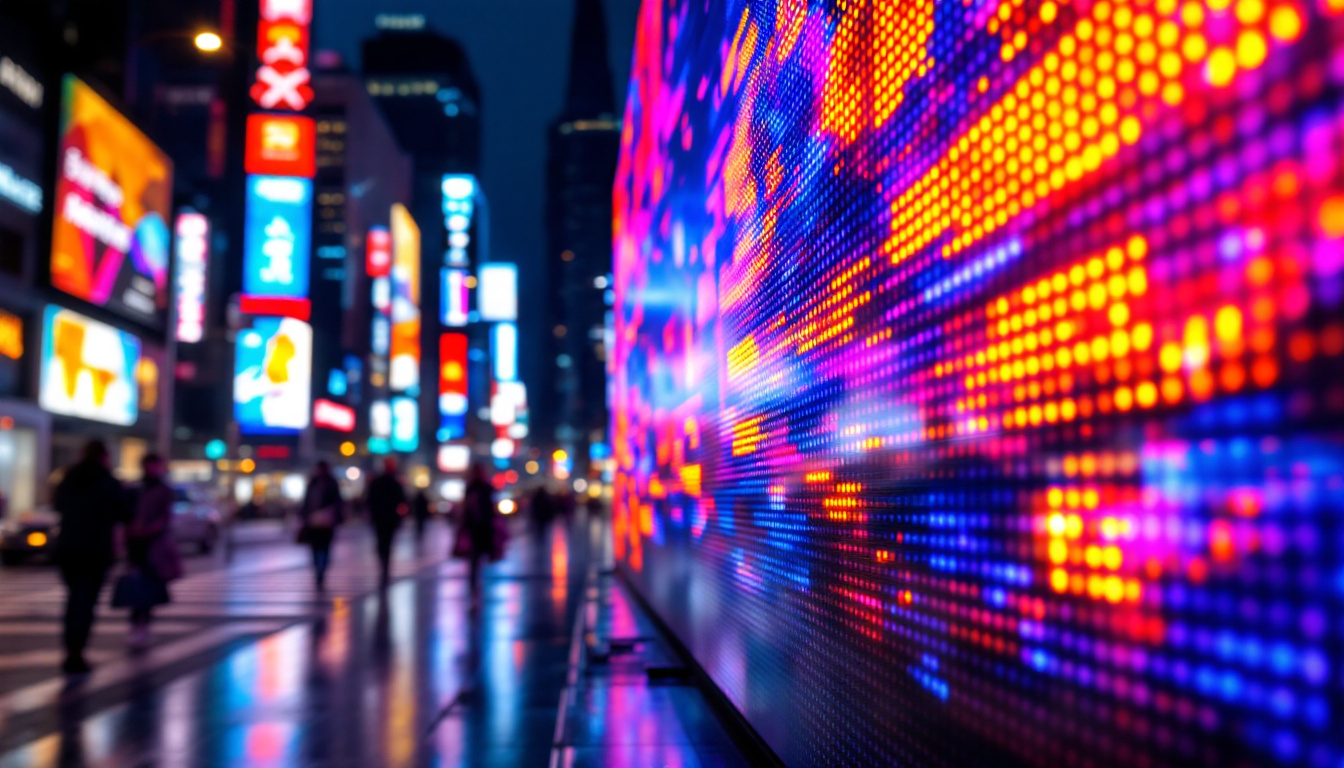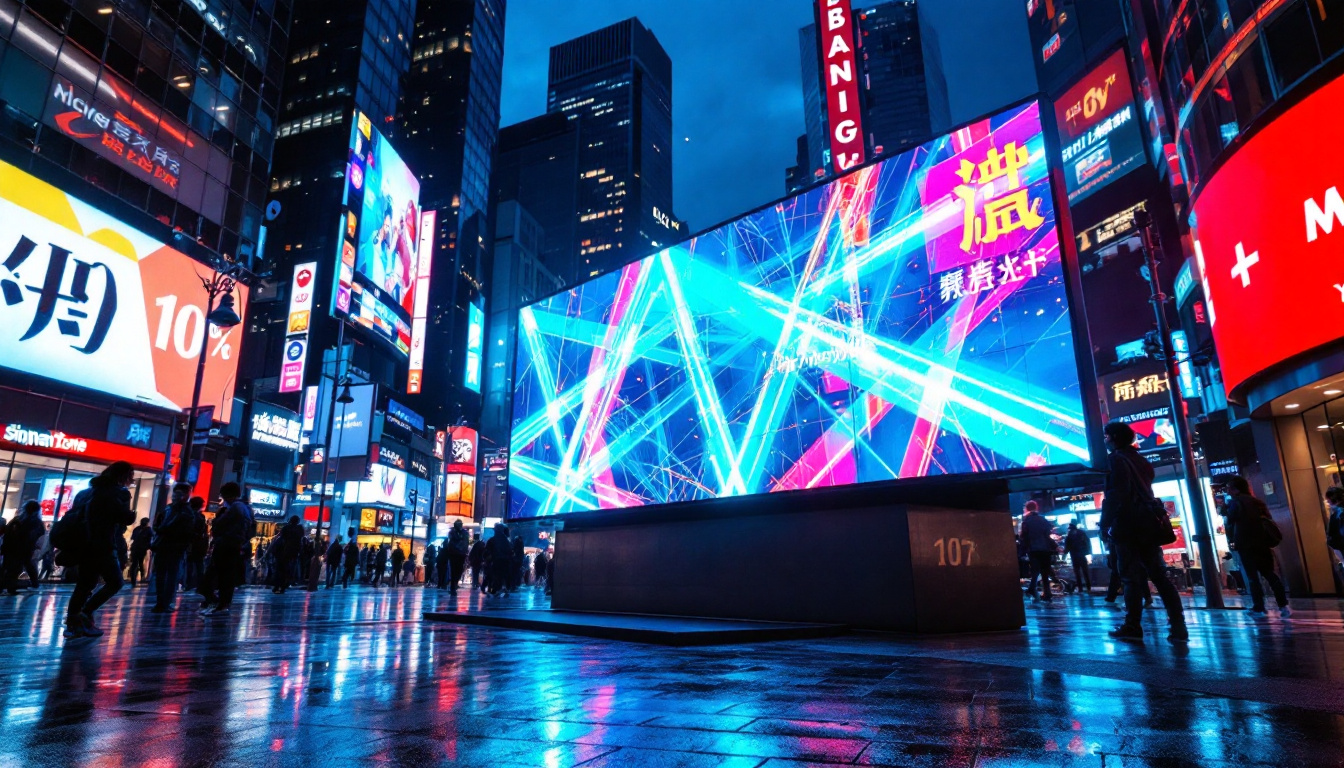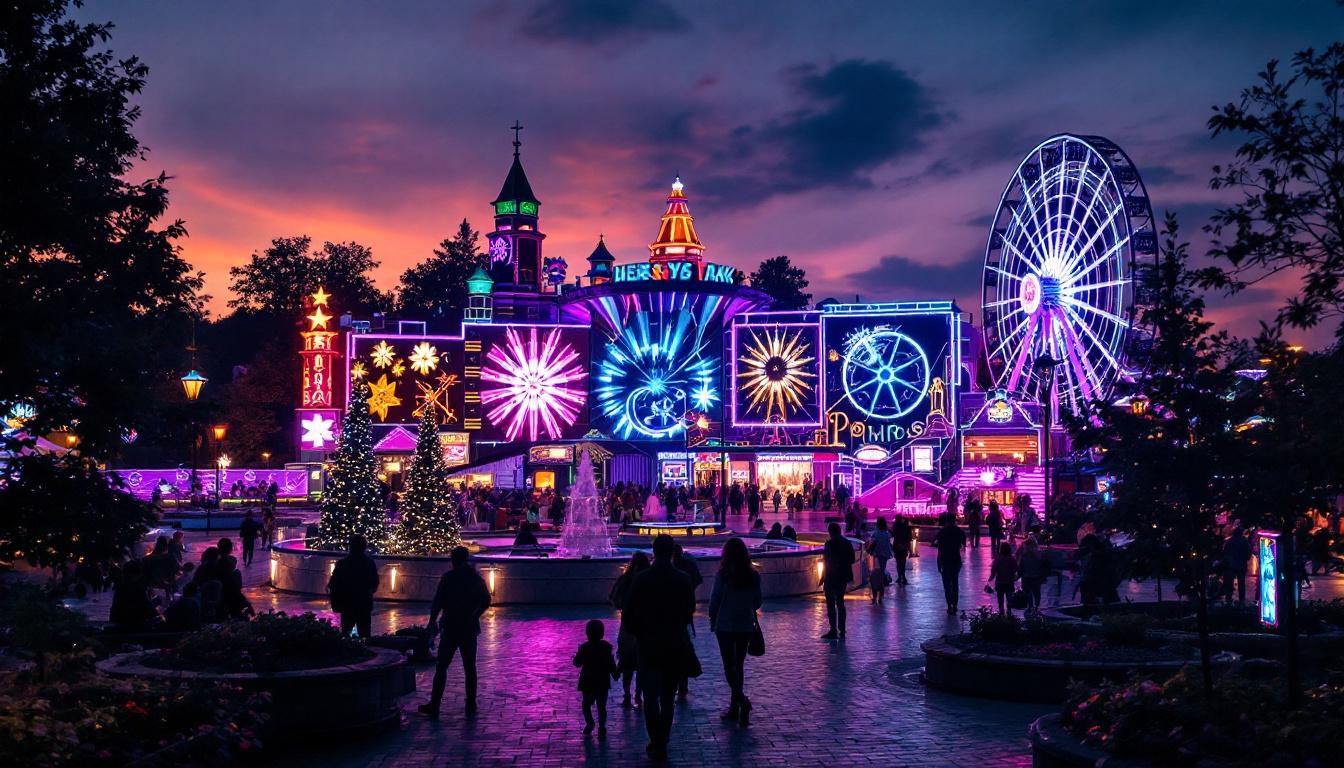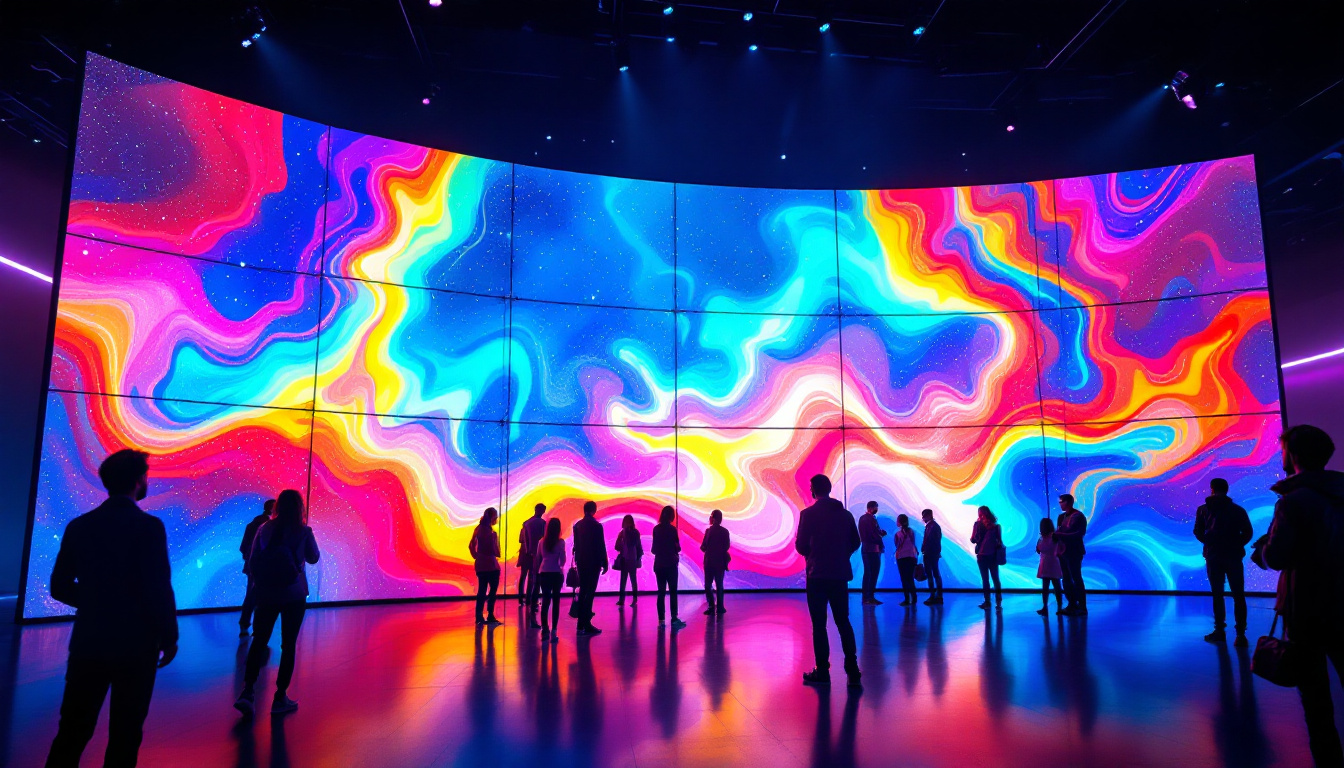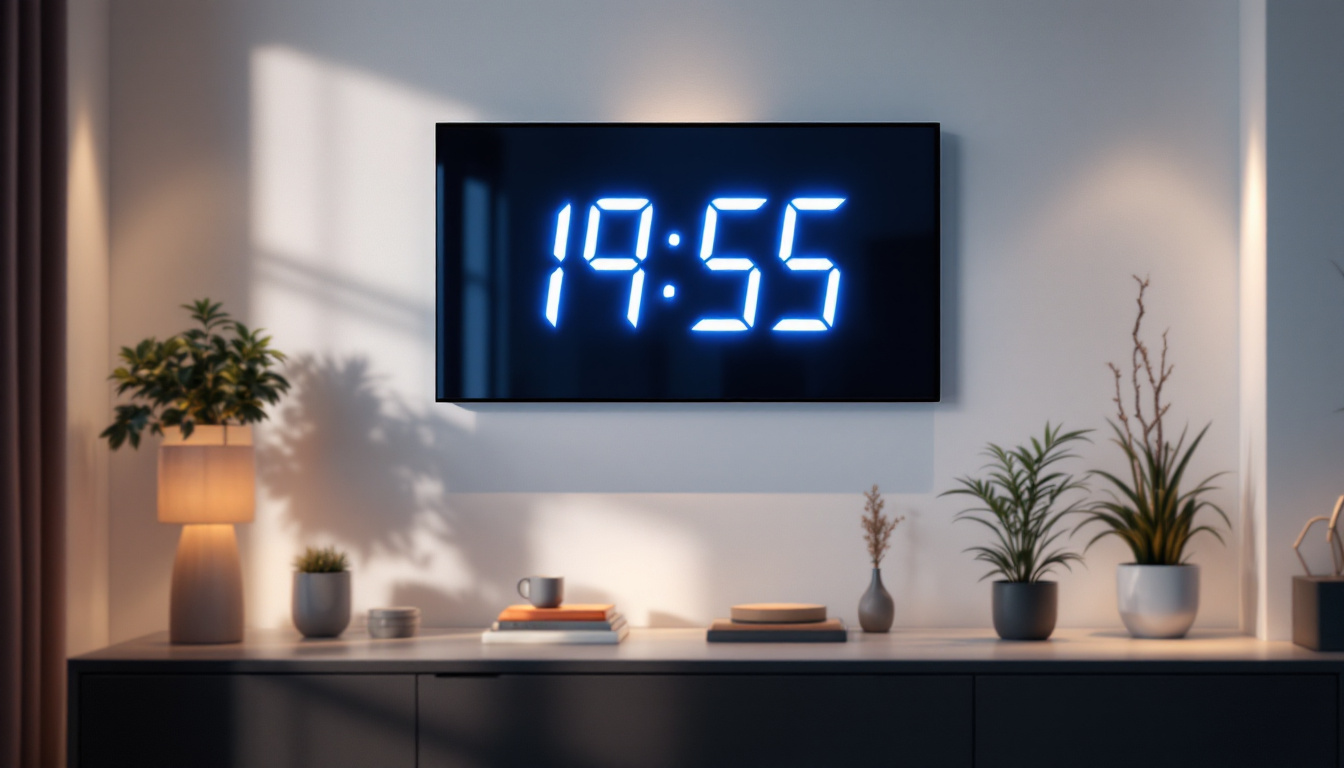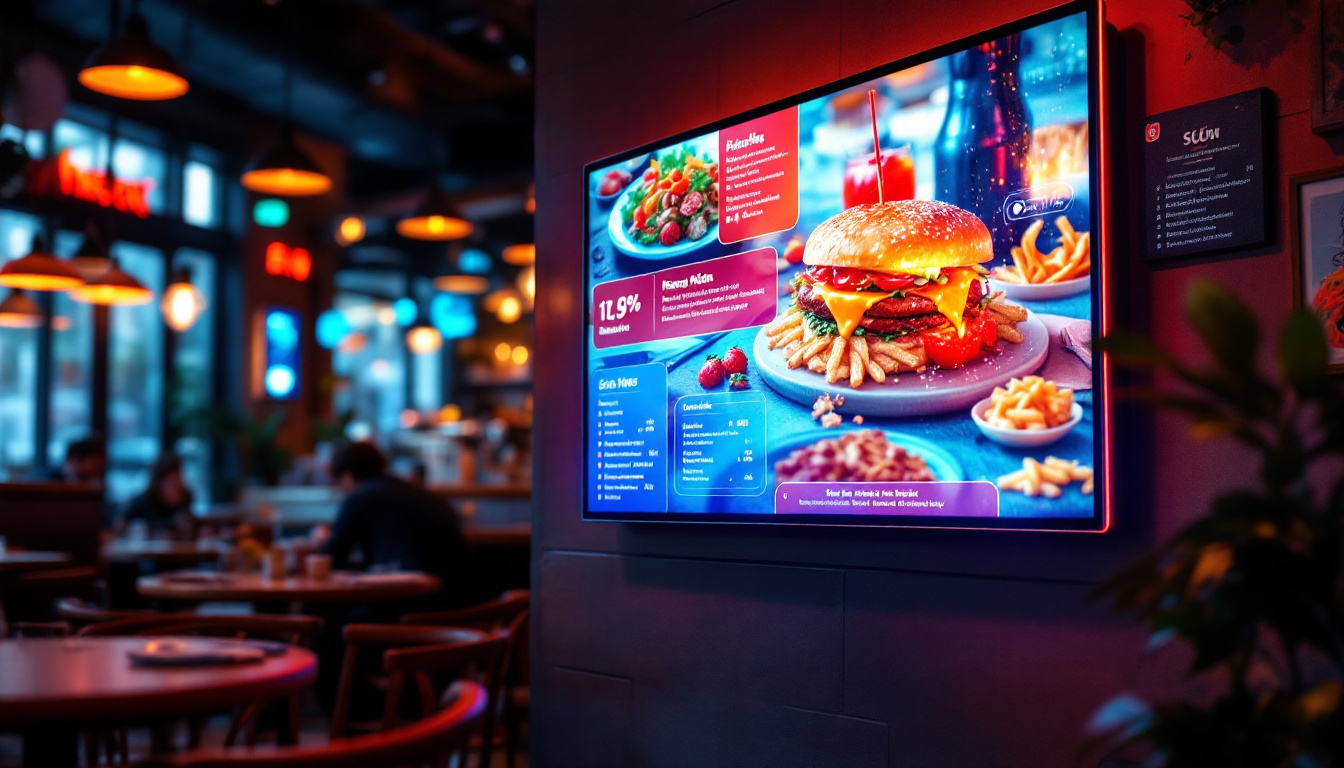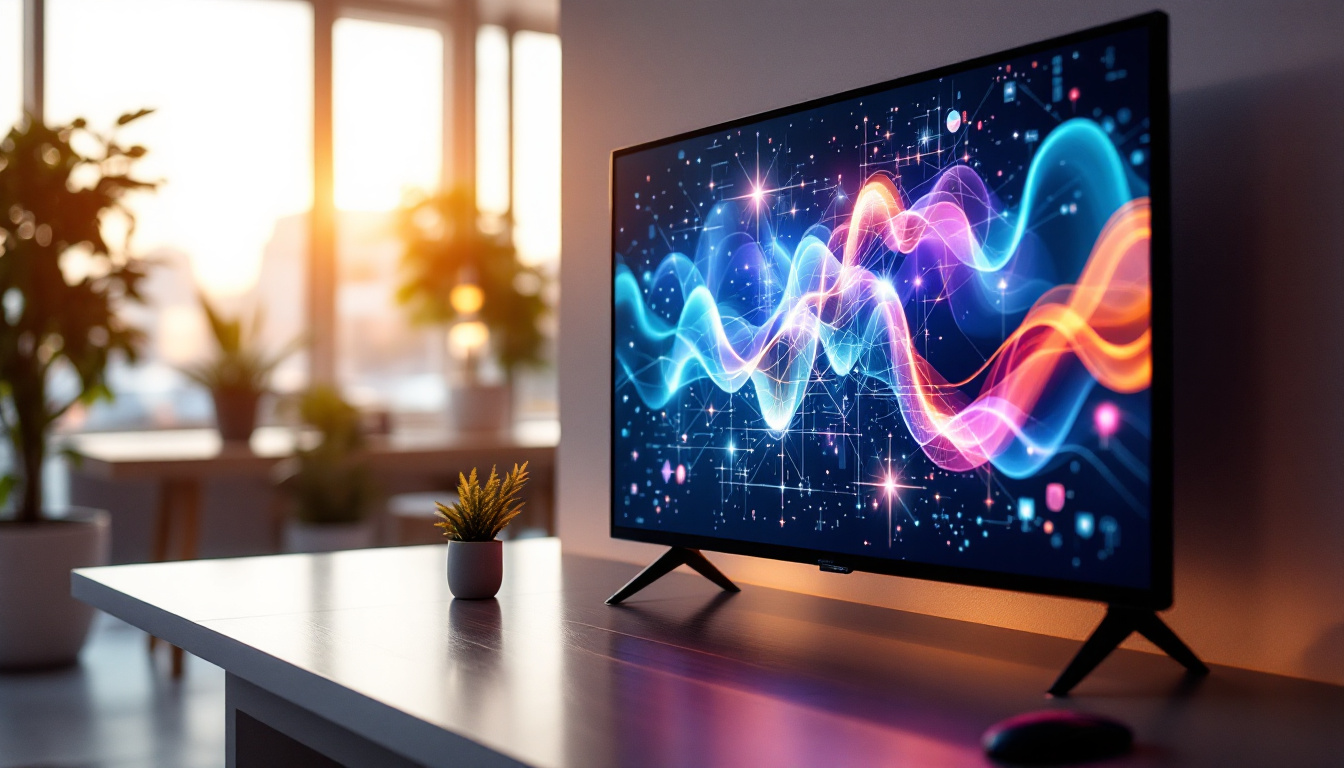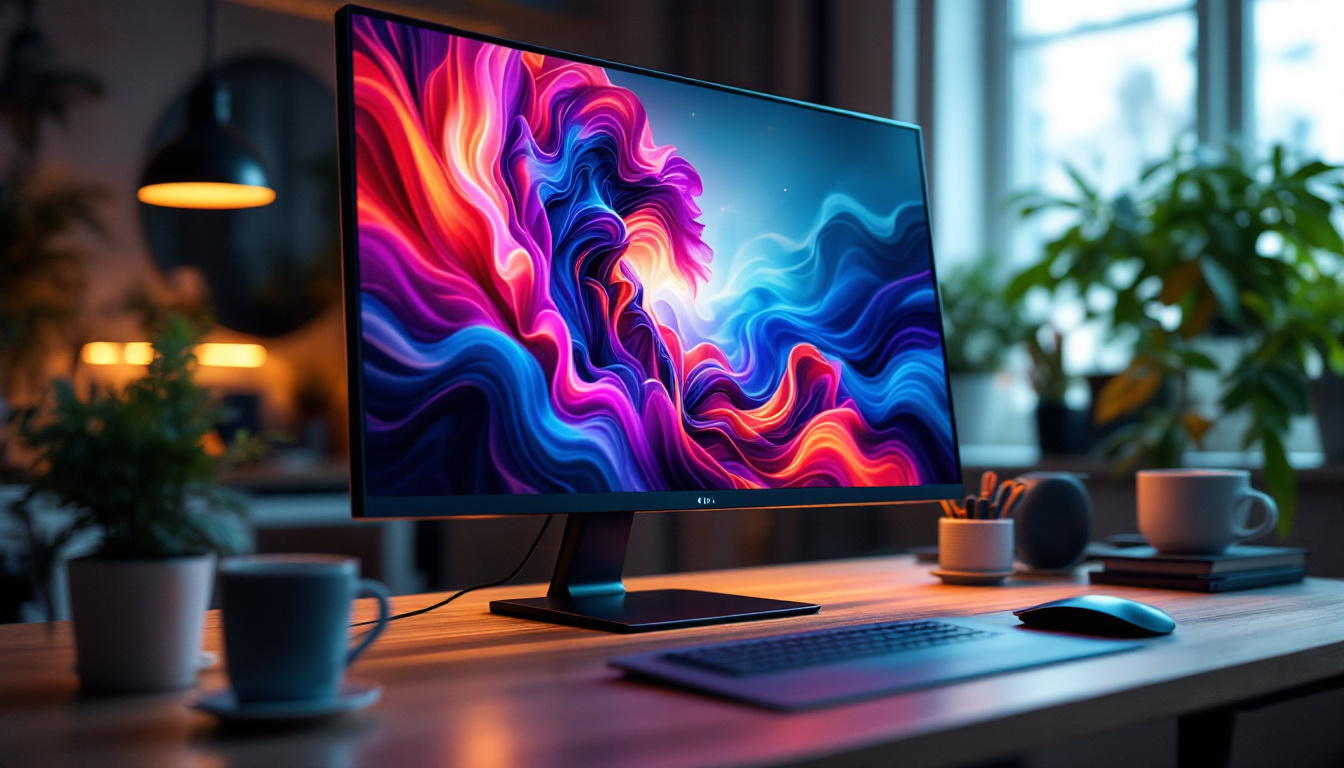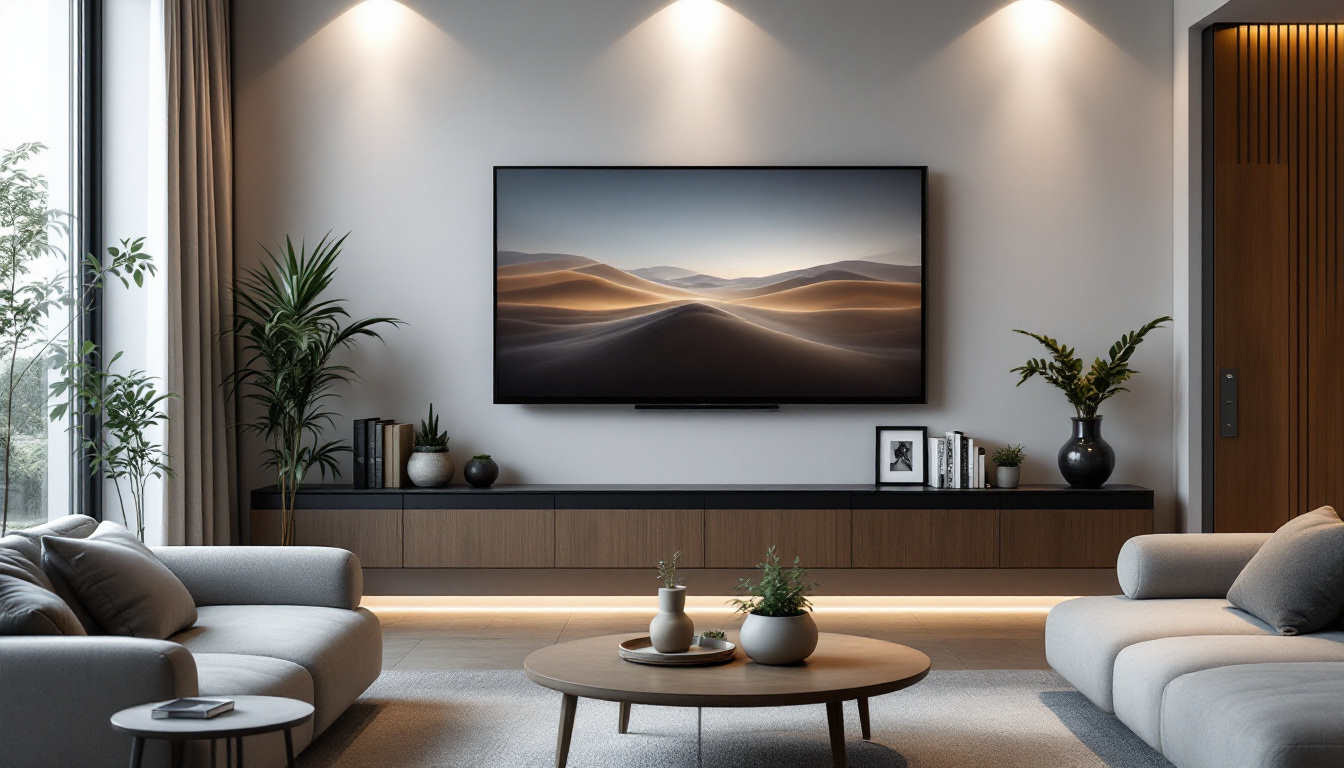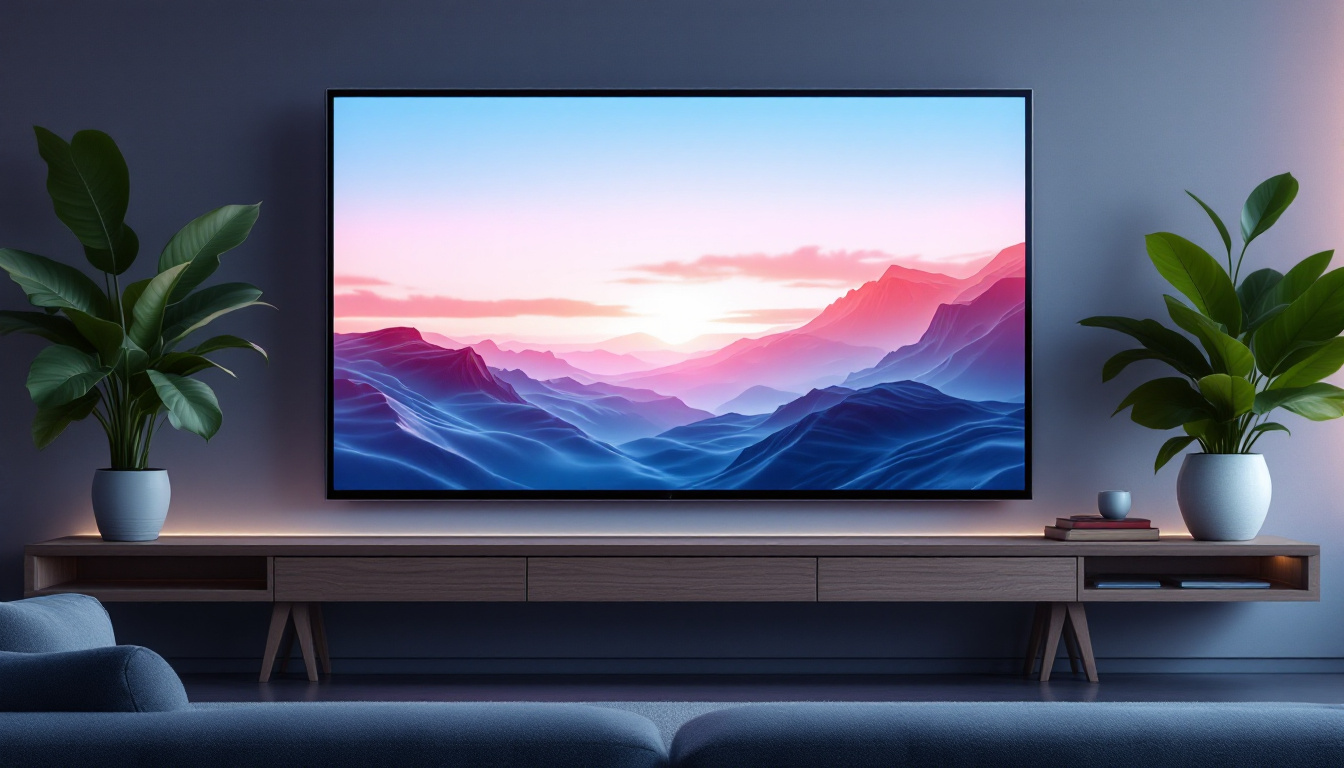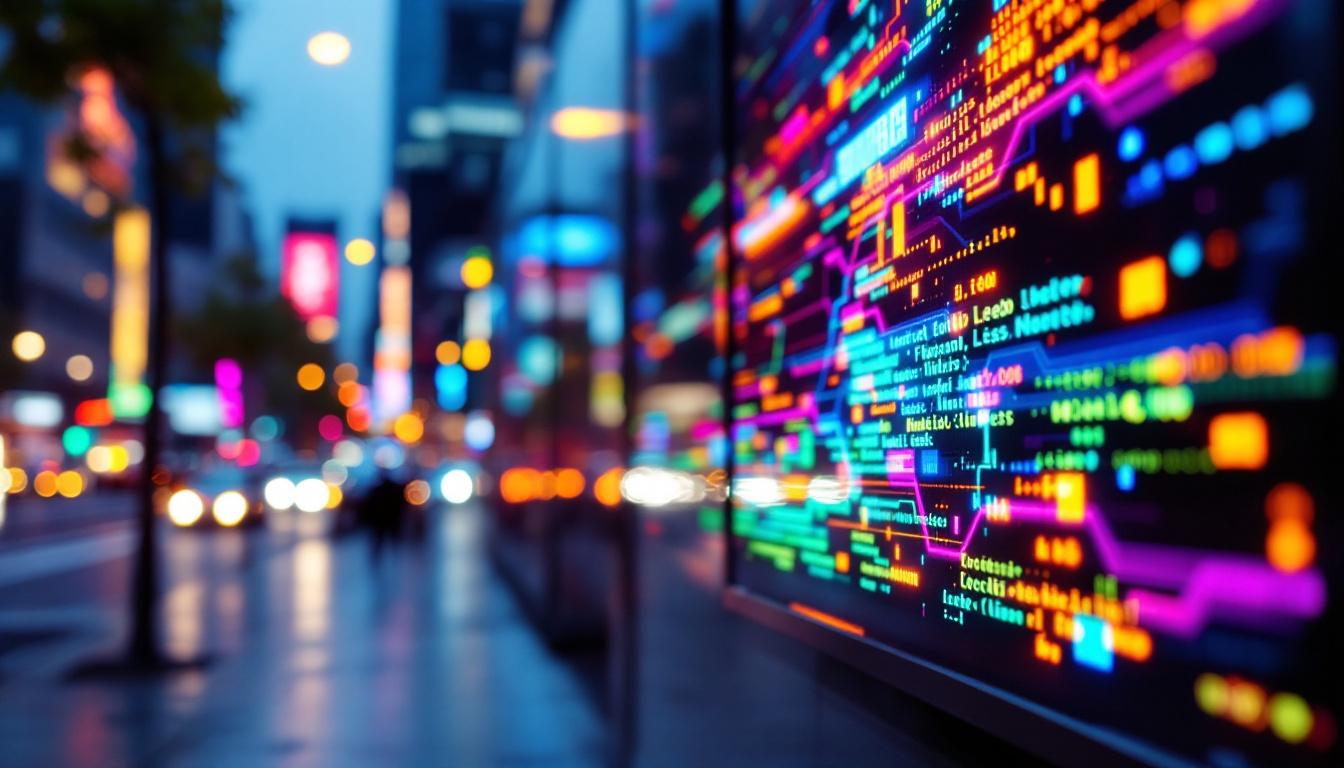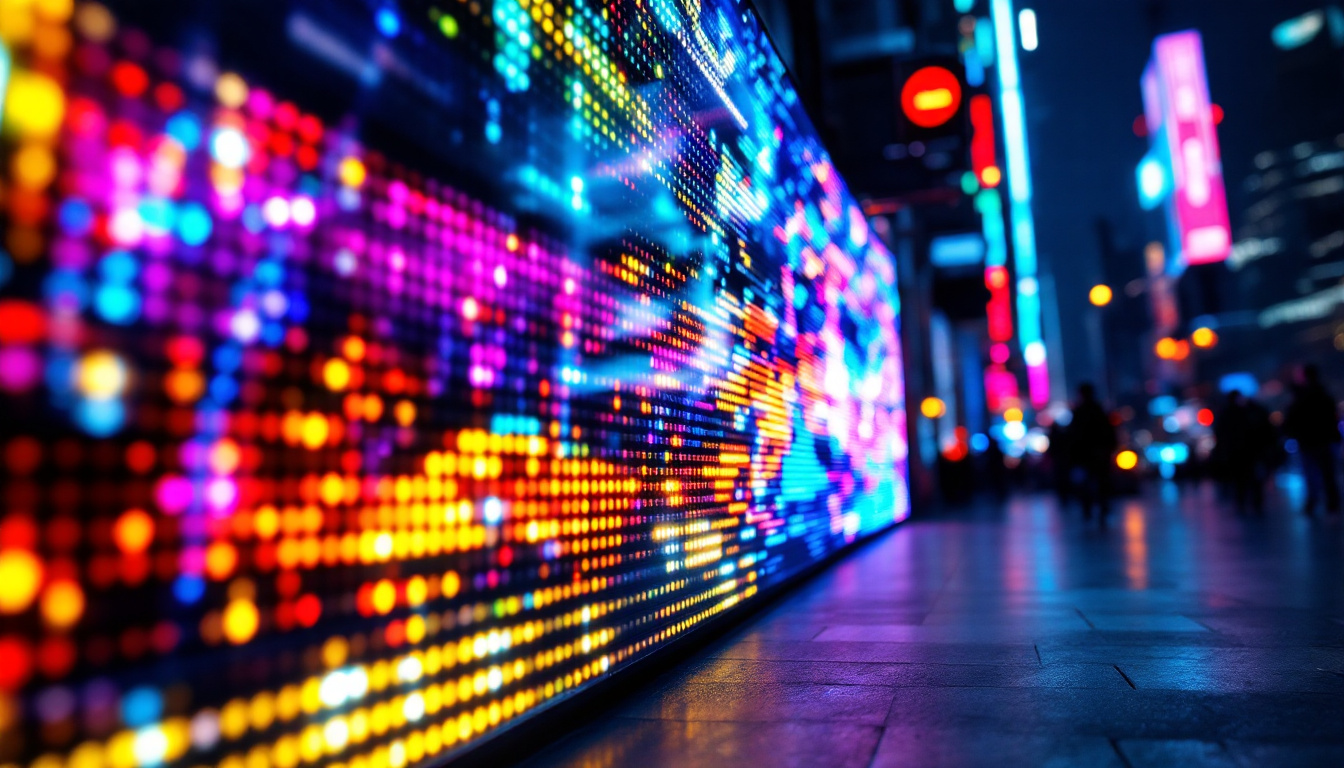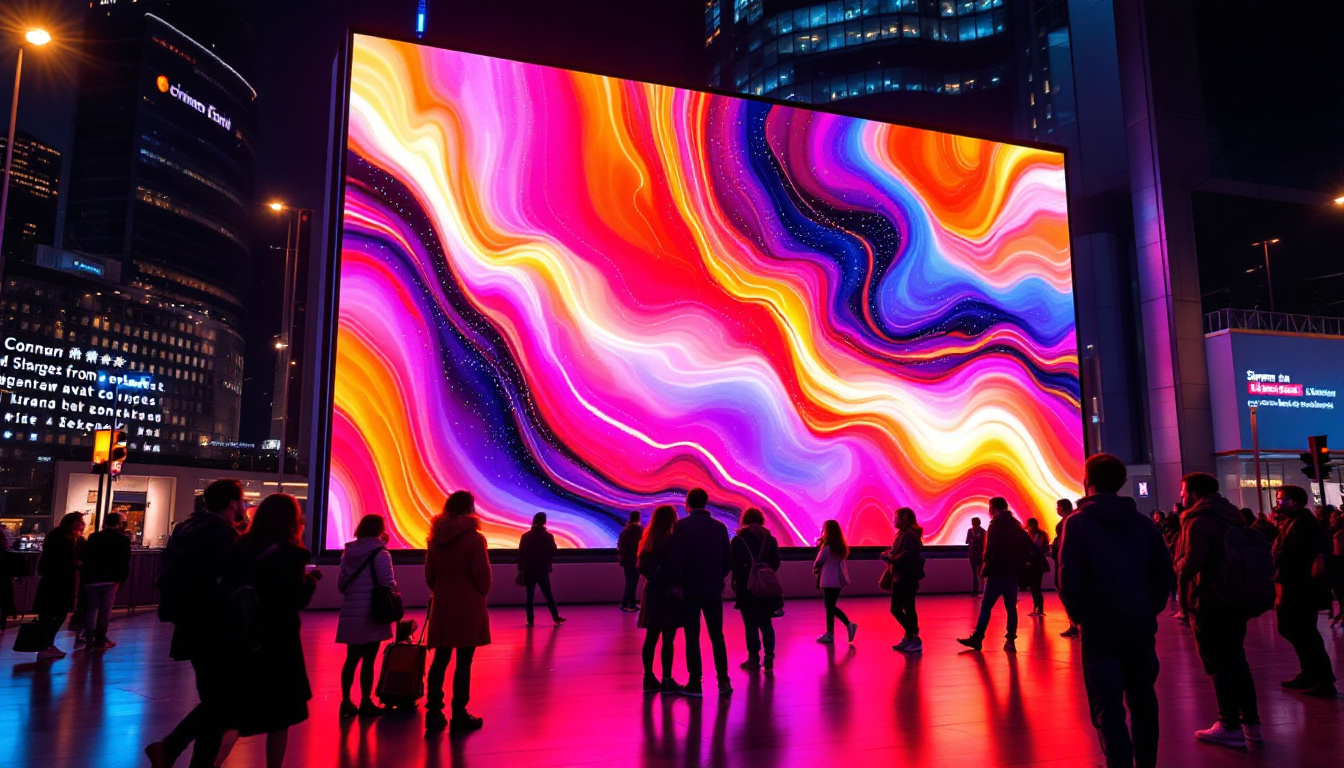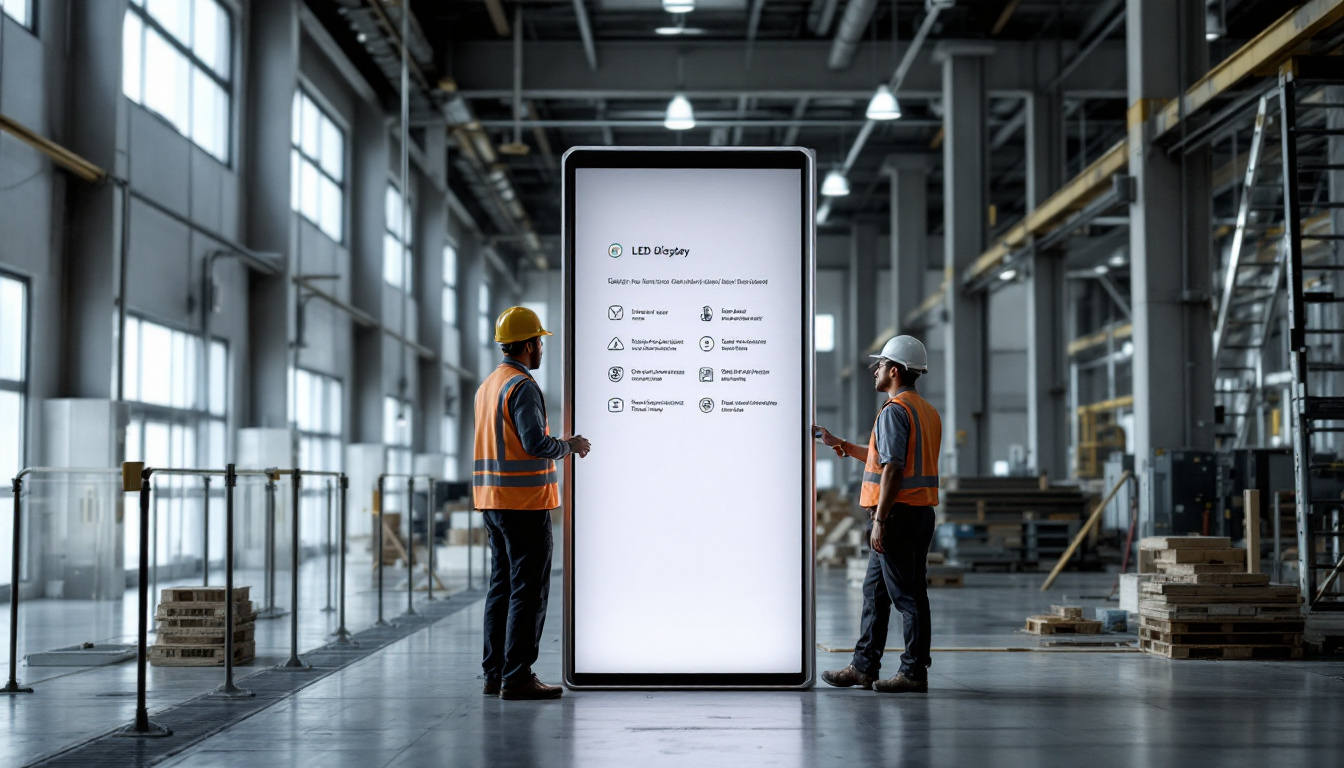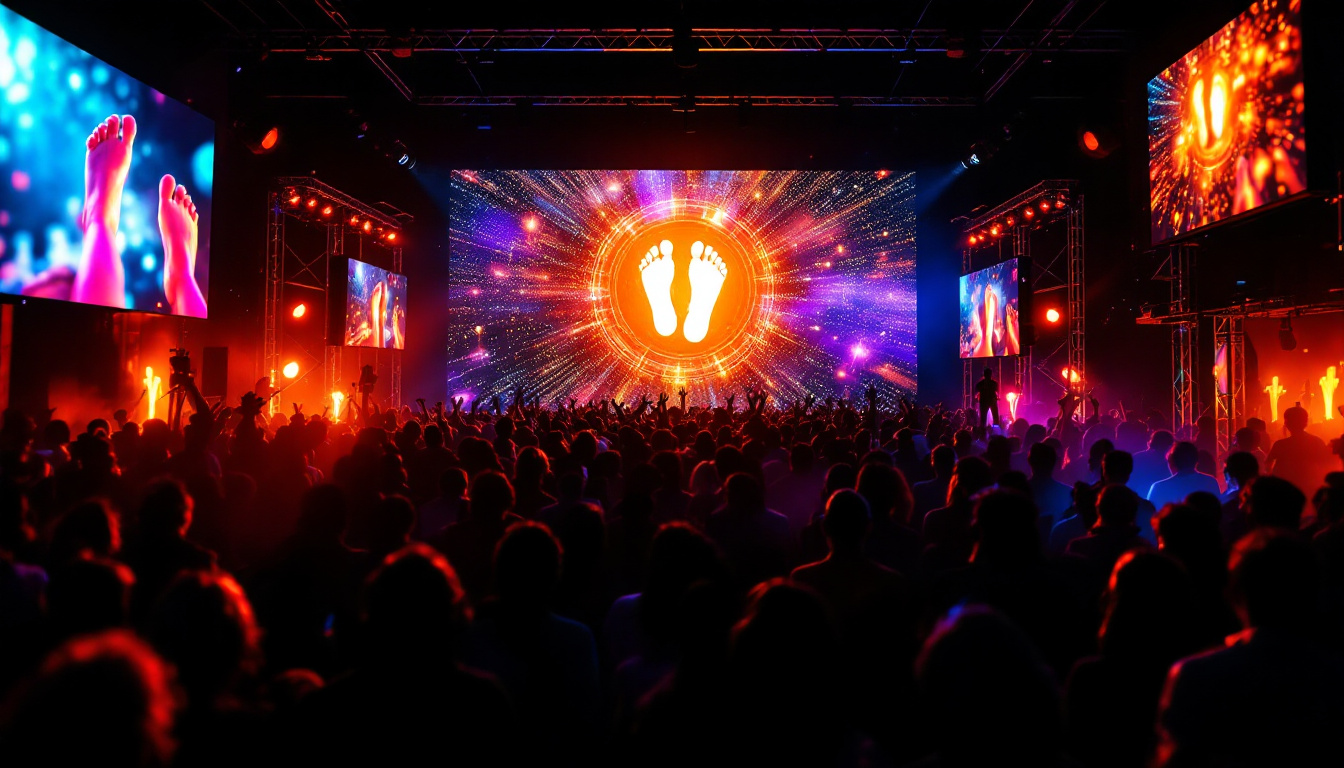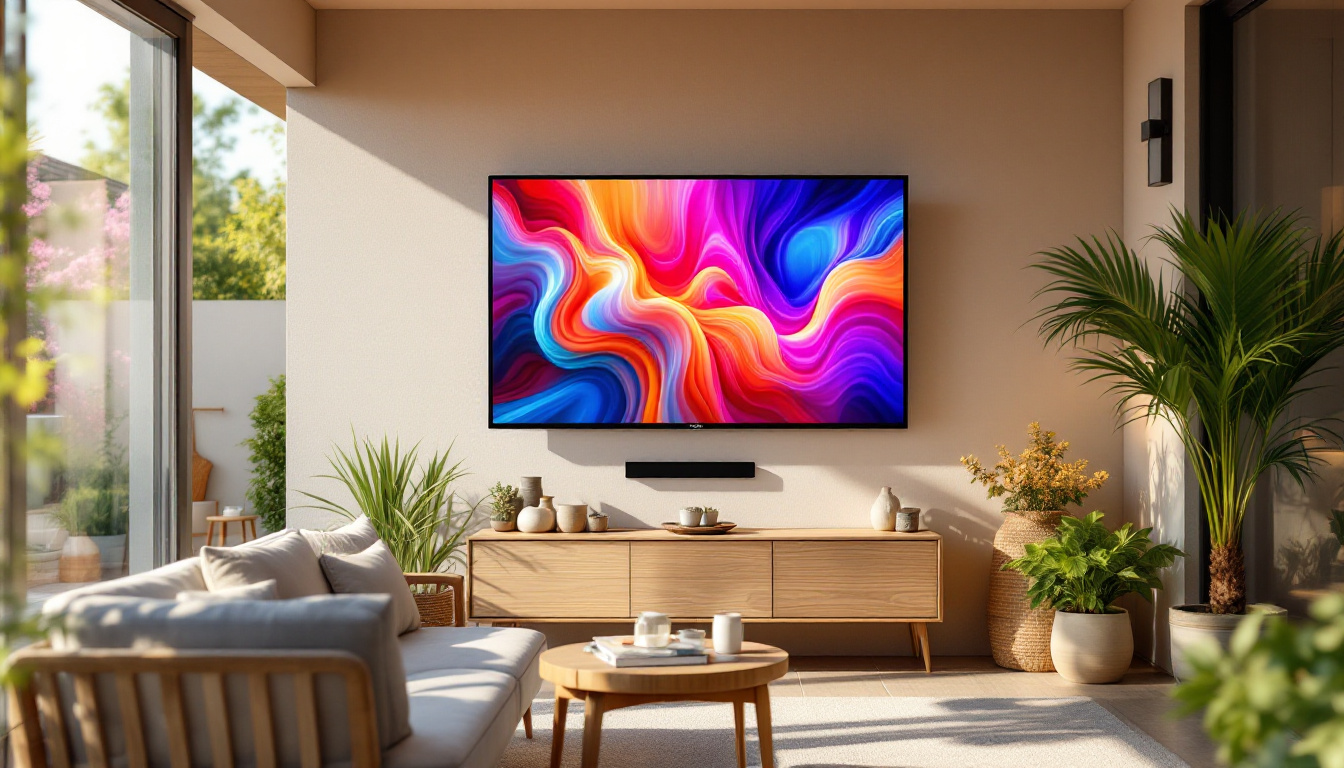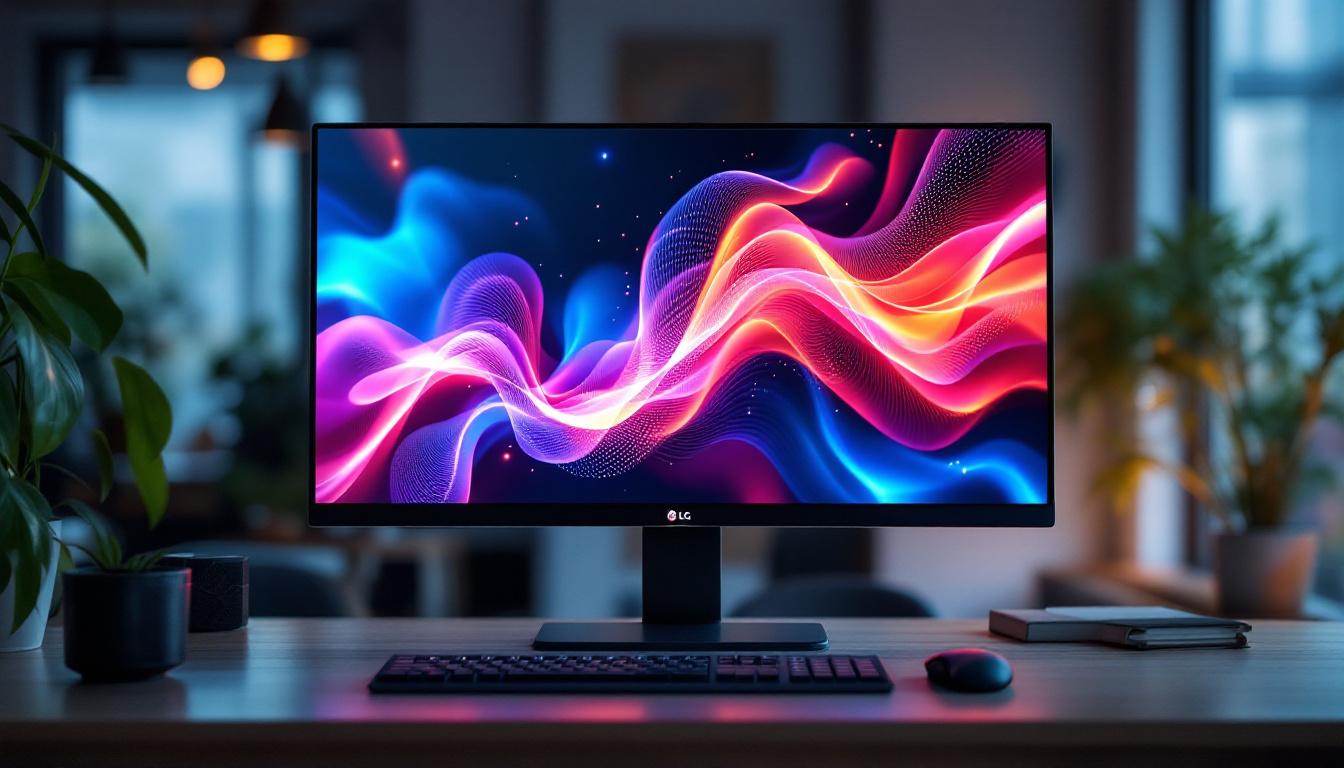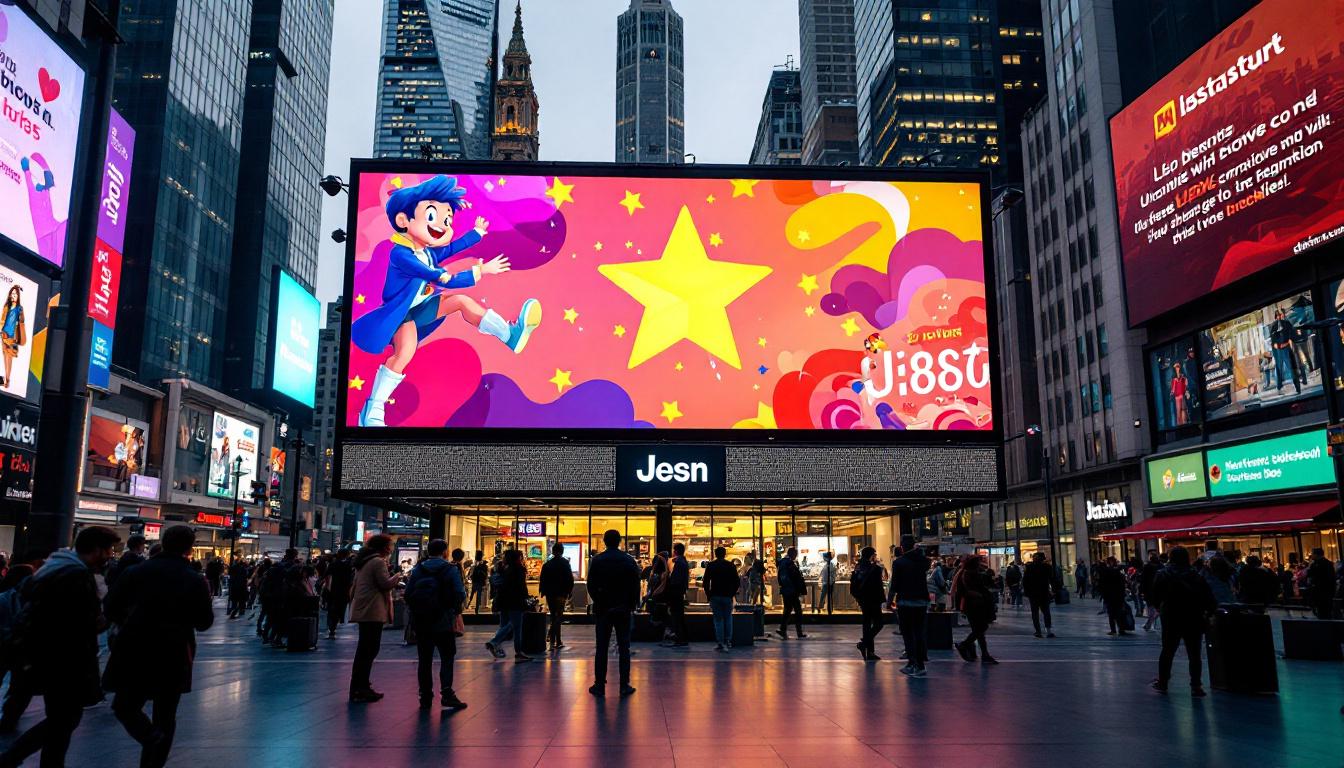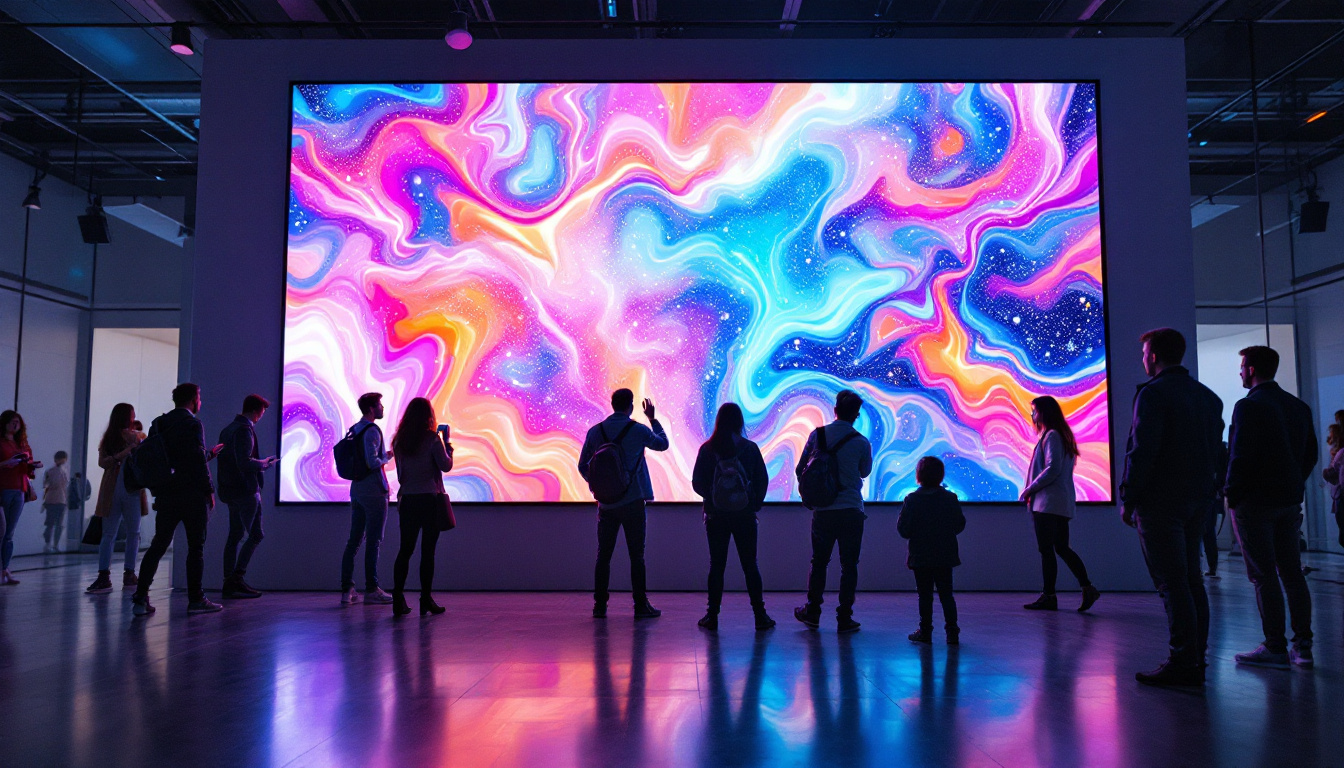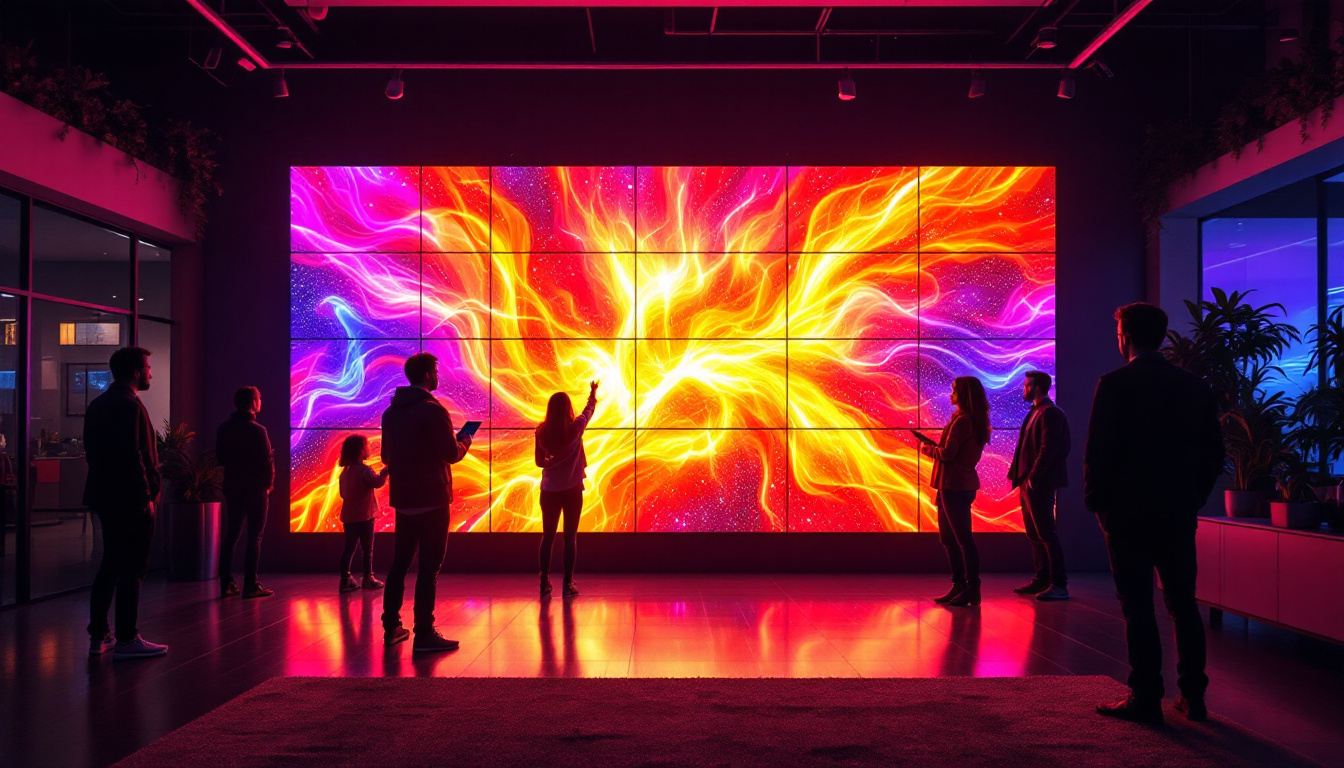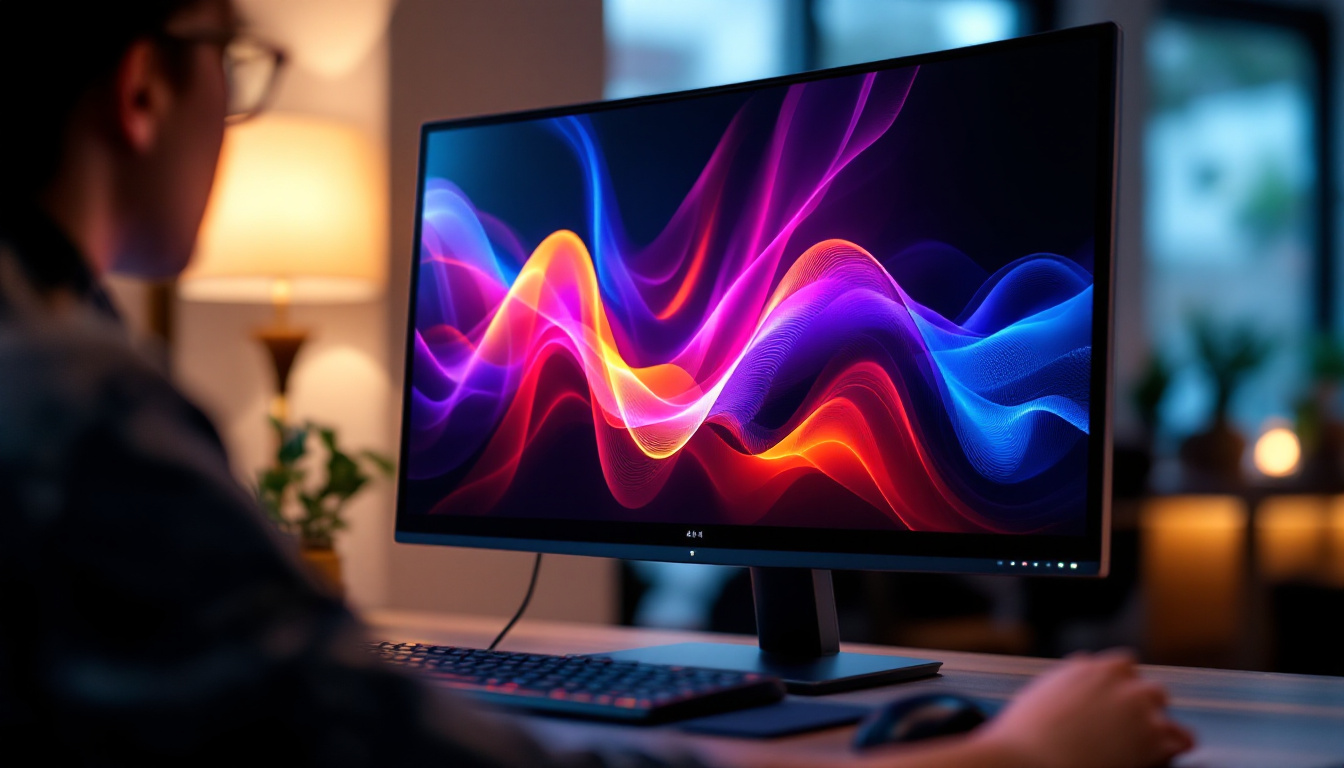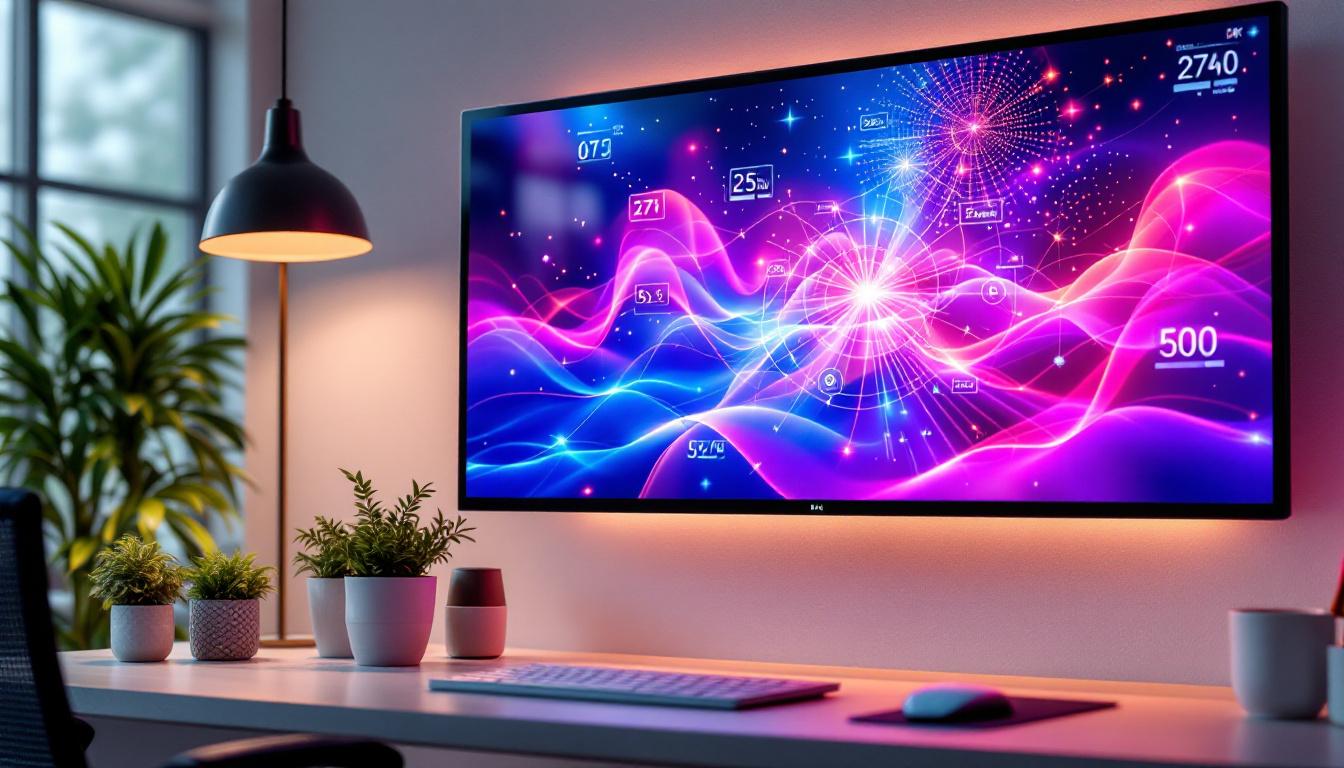Video Wall: LED Display Explained
In the realm of modern visual technology, LED displays have emerged as a transformative force, particularly in the form of video walls. These expansive screens, composed of multiple LED panels, are increasingly utilized in various settings, from corporate environments to entertainment venues. This article delves into the intricacies of LED video walls, exploring their technology, applications, and advantages.
Understanding LED Technology
LED, or Light Emitting Diode, technology is at the heart of video walls. Unlike traditional display technologies, LED panels utilize semiconductor materials to emit light when an electric current passes through them. This innovative approach offers numerous benefits, including energy efficiency, longevity, and superior image quality. The rapid advancement in LED technology has transformed various industries, from advertising to entertainment, making it a pivotal element in modern visual communication.
How LED Displays Work
LED displays operate by combining thousands of individual diodes to create a cohesive image. These diodes can be arranged in various configurations, such as RGB (Red, Green, Blue) to produce a full spectrum of colors. Each pixel on the display is made up of these three primary colors, allowing for vibrant and dynamic visuals. The precision in the arrangement of these diodes ensures that the color mixing is seamless, resulting in stunning visuals that can captivate audiences.
The brightness and contrast of LED displays are also noteworthy. They can achieve high levels of brightness, making them suitable for both indoor and outdoor use. Additionally, the high contrast ratios enhance the overall viewing experience, ensuring that images remain sharp and clear even in challenging lighting conditions. This capability is particularly beneficial for outdoor advertising, where sunlight can wash out other display types, but LED technology maintains visibility and impact.
Types of LED Displays
There are primarily two types of LED displays used in video walls: direct view LED and LED-backlit LCD. Direct view LED displays consist of individual LED modules that form the entire screen. These are known for their seamless appearance and are often used in large-scale installations. Their modular design allows for flexibility in size and shape, making them ideal for creative applications such as curved screens or unique architectural designs.
On the other hand, LED-backlit LCD displays utilize LED technology to illuminate an LCD panel. While they may not offer the same level of seamlessness as direct view displays, they are often more cost-effective and can still deliver impressive image quality. These displays are commonly found in environments where budget constraints are a concern, such as corporate settings or educational institutions. Furthermore, advancements in LED-backlit technology continue to improve their performance, making them a viable option for many applications.
In addition to these primary types, there are also specialized LED displays designed for specific uses. For instance, transparent LED displays are gaining popularity in retail environments, allowing products to be showcased behind the screen while still delivering engaging visual content. Similarly, flexible LED displays are emerging, enabling creative installations that can bend and shape according to design needs. These innovations highlight the versatility of LED technology, catering to a wide range of applications and aesthetic preferences.
Applications of Video Walls
Video walls are versatile tools that find applications across various industries. Their ability to display large, high-resolution images makes them ideal for environments where visual impact is crucial.
Corporate Environments
In corporate settings, video walls are commonly used for presentations, conferences, and collaborative workspaces. They facilitate communication and enhance engagement by providing a dynamic visual platform for sharing information. Whether it’s displaying data analytics or showcasing marketing materials, video walls can significantly improve the effectiveness of corporate communication. Additionally, these installations can be tailored to suit the specific needs of a business, allowing for real-time updates and interactive elements that keep audiences engaged. The integration of video walls with advanced software solutions enables companies to create visually appealing presentations that can include live social media feeds, video conferencing, and even remote collaboration, making them indispensable in today’s fast-paced corporate landscape.
Entertainment and Events
The entertainment industry has embraced video walls for concerts, festivals, and sporting events. These displays can captivate audiences with immersive visuals, creating an enhanced experience that traditional screens cannot match. From live feeds to stunning graphics, video walls play a pivotal role in modern entertainment. Moreover, they can be configured in various shapes and sizes, allowing for creative designs that complement the theme of the event. For instance, at music festivals, video walls can be arranged to form unique shapes that enhance the stage design, while at sporting events, they can deliver replays and highlight reels that keep fans engaged and excited. The use of synchronized video walls across multiple locations also allows for a cohesive experience, ensuring that every audience member feels connected to the action, regardless of their position in the venue.
Retail and Advertising
In the retail sector, video walls serve as powerful advertising tools. They attract customers’ attention and can be used to showcase products or promotions in an engaging manner. Retailers can change content easily, allowing for dynamic marketing strategies that respond to consumer behavior and trends. Beyond simple advertisements, video walls can create immersive shopping experiences through interactive displays that invite customers to engage with products. For example, a clothing retailer might use a video wall to show a virtual fitting room, allowing customers to see how garments look on them without trying them on physically. This not only enhances the shopping experience but also encourages customers to spend more time in the store, increasing the likelihood of purchases. Furthermore, the ability to incorporate augmented reality elements into video wall displays opens up new avenues for storytelling and brand engagement, making retail environments more vibrant and appealing to tech-savvy consumers.
Advantages of Video Walls
Video walls offer a multitude of advantages that make them an appealing choice for various applications. Understanding these benefits can help organizations make informed decisions when considering visual display solutions.
High-Quality Visuals
One of the most significant advantages of video walls is their ability to deliver high-quality visuals. With superior color accuracy and brightness, these displays ensure that content is presented in the best possible light. This is particularly important in environments where visual clarity is essential, such as control rooms or broadcast studios.
Scalability and Flexibility
Video walls can be easily scaled to meet the specific needs of a space. Whether a small configuration of a few panels or a massive installation spanning an entire wall, the modular nature of LED technology allows for flexibility in design. This adaptability makes video walls suitable for a wide range of environments.
Energy Efficiency
Compared to traditional display technologies, LED displays are significantly more energy-efficient. This not only reduces operational costs but also aligns with sustainability goals. Organizations looking to minimize their environmental impact can benefit from the lower energy consumption associated with LED video walls.
Challenges and Considerations
While video walls offer numerous benefits, there are also challenges and considerations that organizations must address before implementation. Understanding these factors can help ensure a successful deployment.
Initial Investment
The initial cost of acquiring and installing a video wall can be substantial. Organizations must weigh the long-term benefits against the upfront investment. It’s essential to conduct a thorough cost-benefit analysis to determine if a video wall is the right choice for a specific application.
Maintenance and Upkeep
Like any technology, video walls require regular maintenance to ensure optimal performance. This includes cleaning the panels, checking connections, and updating software. Organizations should consider the resources needed for maintenance when planning their video wall deployment.
Content Management
Effective content management is crucial for maximizing the impact of a video wall. Organizations must have a strategy in place for creating, scheduling, and updating content. This may involve investing in content management software or hiring dedicated personnel to oversee the process.
Future Trends in Video Wall Technology
The video wall industry is continually evolving, with advancements in technology paving the way for new possibilities. Keeping an eye on emerging trends can help organizations stay ahead of the curve.
Integration with Smart Technology
As smart technology becomes more prevalent, video walls are increasingly being integrated with IoT (Internet of Things) devices. This allows for real-time data display and interactivity, enhancing the overall user experience. For example, video walls can be programmed to change content based on audience engagement or environmental factors.
Higher Resolution Displays
With the advent of 4K and even 8K resolution technology, video walls are becoming capable of delivering stunningly detailed visuals. Higher resolution displays allow for more intricate graphics and clearer images, making them ideal for applications where detail is paramount.
Improved Connectivity
Advancements in connectivity options, such as wireless technology, are making it easier to manage and control video walls. This flexibility allows organizations to streamline their operations and reduce the clutter of cables, creating a cleaner and more efficient setup.
Conclusion
LED video walls represent a significant advancement in display technology, offering a multitude of benefits across various applications. Their high-quality visuals, scalability, and energy efficiency make them an attractive option for organizations looking to enhance their visual communication. However, careful consideration of the initial investment, maintenance, and content management is essential for successful implementation.
As technology continues to evolve, the future of video walls looks promising. With trends such as smart technology integration, higher resolution displays, and improved connectivity, organizations can expect even greater capabilities from these powerful visual tools. Embracing video wall technology can lead to enhanced engagement, improved communication, and a more dynamic presentation of information.
In summary, video walls are not just a trend; they are a pivotal element in the future of visual communication, shaping how organizations interact with their audiences and present their messages.
Discover LumenMatrix’s Advanced LED Display Solutions
Ready to elevate your visual communication with the latest in LED technology? LumenMatrix is at the forefront of innovation, offering a diverse range of LED display solutions tailored to your needs. From Indoor and Outdoor LED Wall Displays to specialized options like Vehicle, Sports, and Floor LED Displays, our products are designed to captivate your audience and amplify your message. Experience the future of digital signage with our Custom, All-in-One, and Transparent LED Displays. Check out LumenMatrix LED Display Solutions today and transform your space into a dynamic visual experience.

